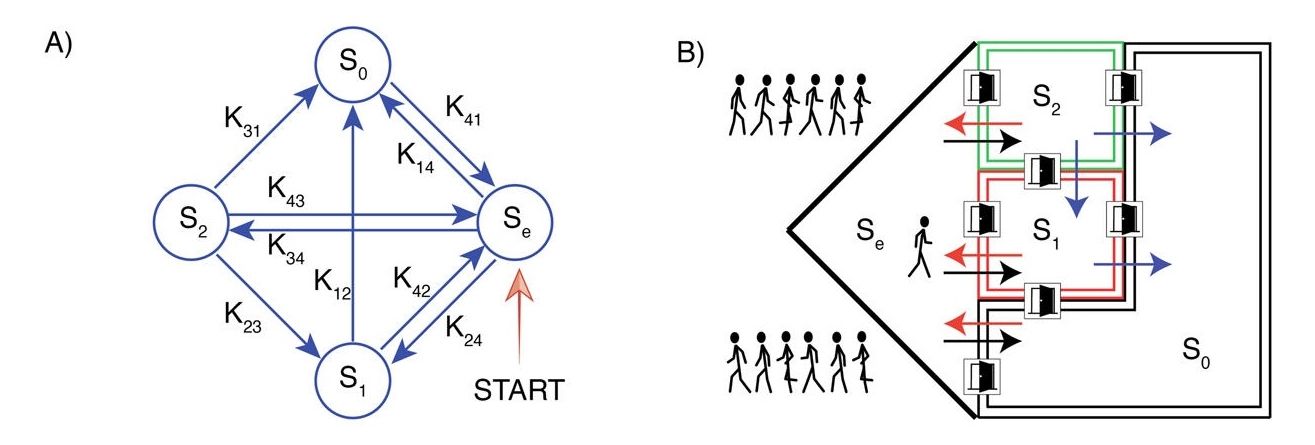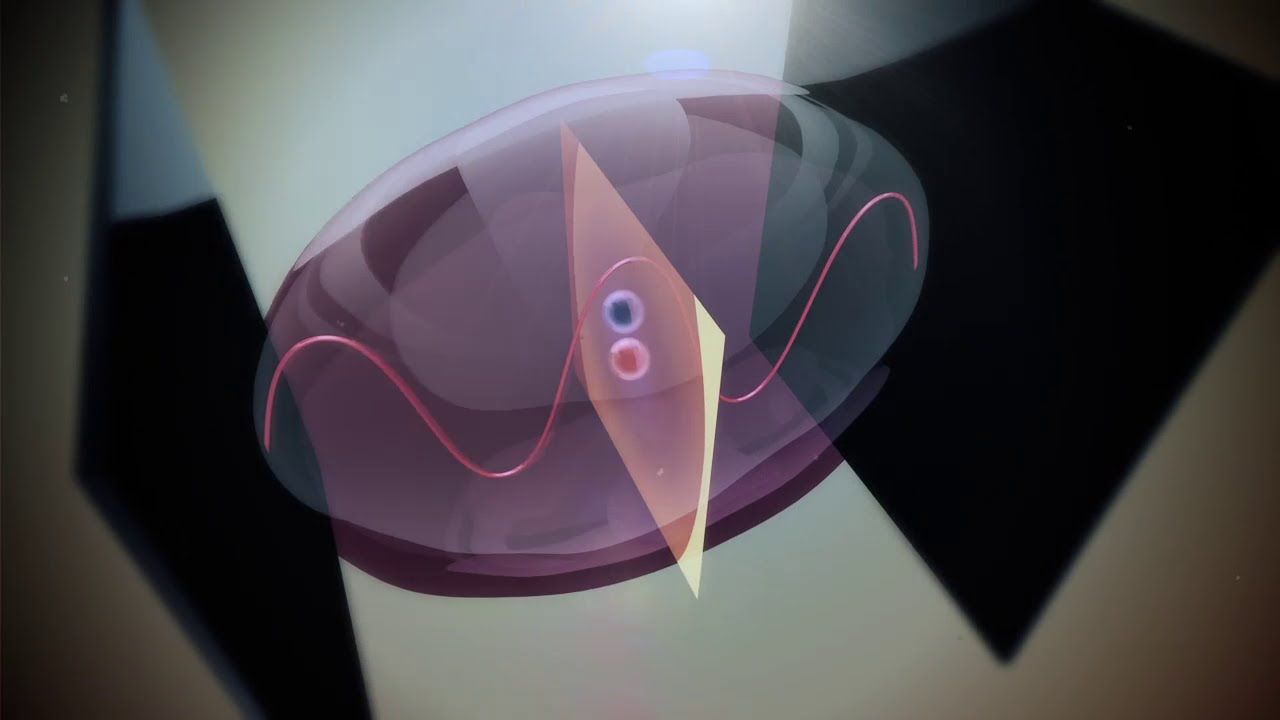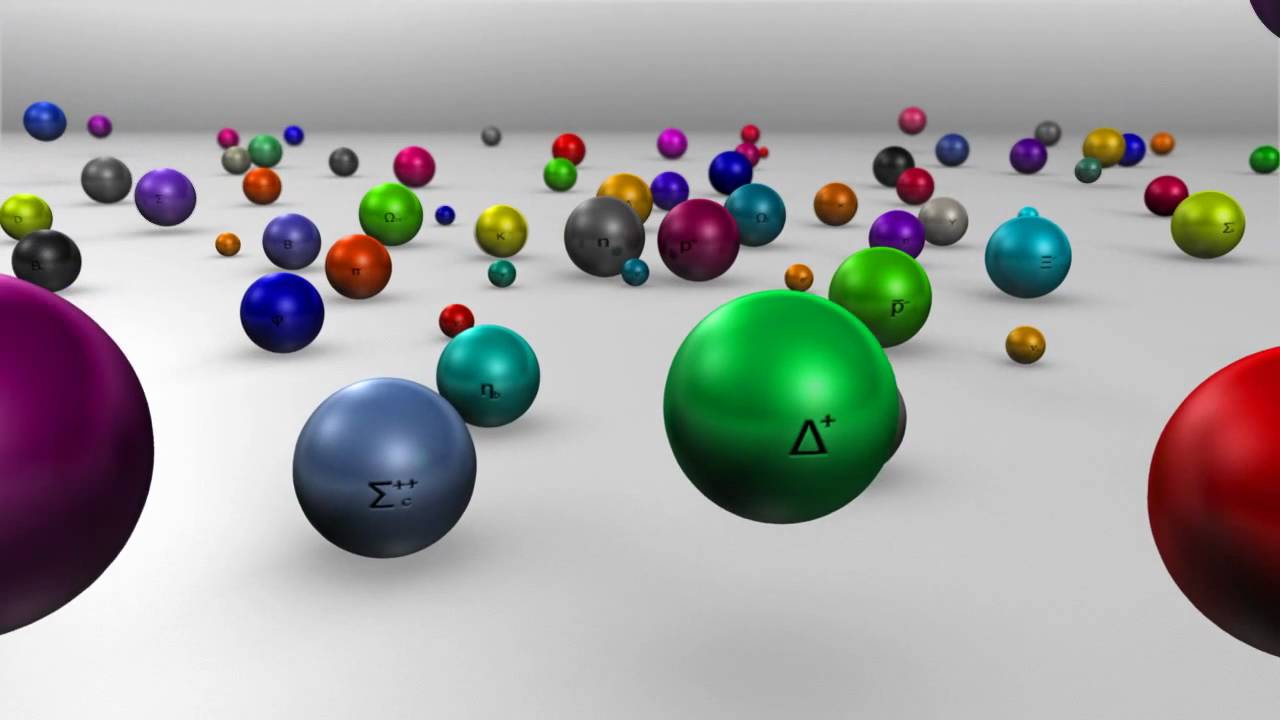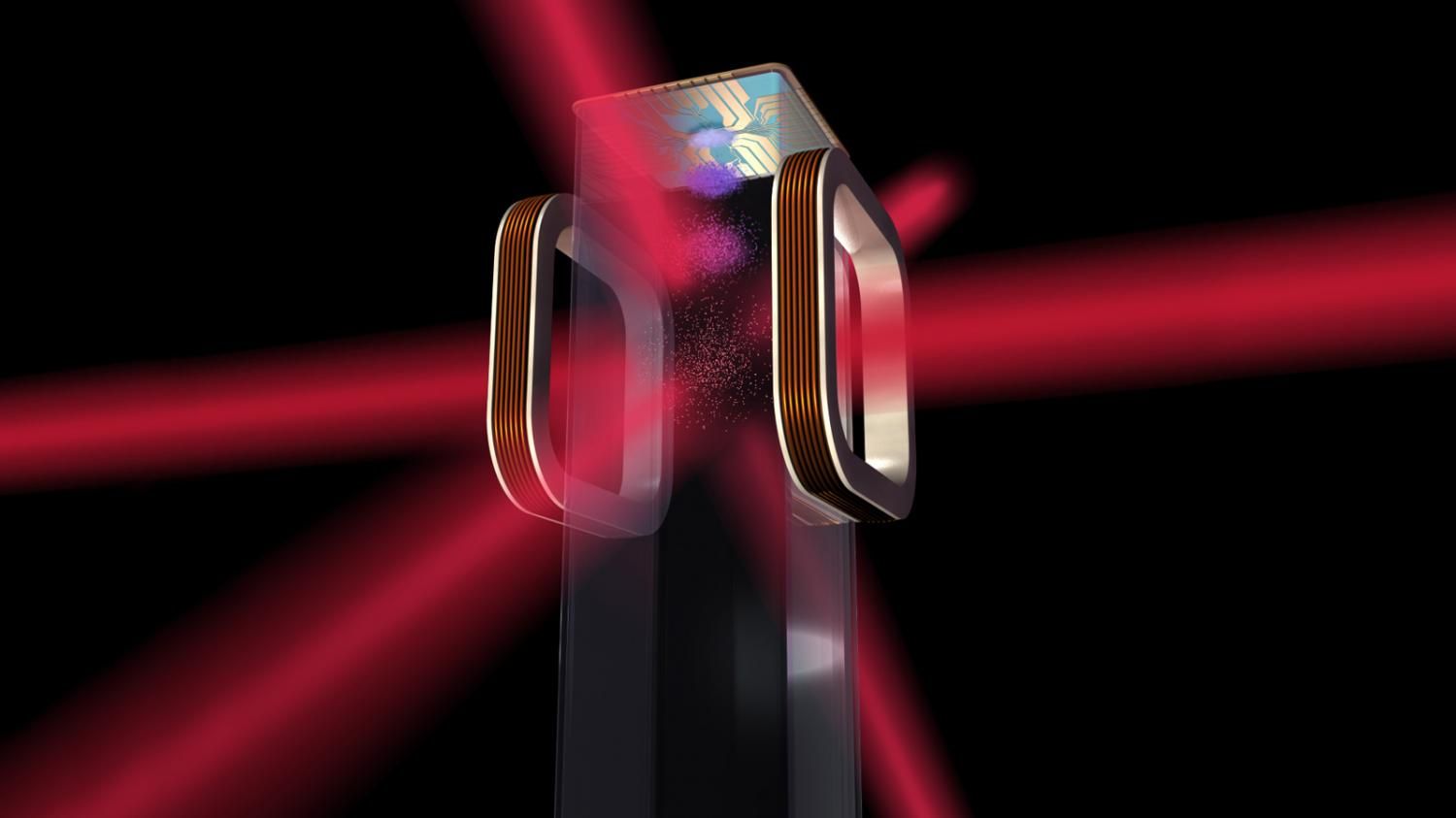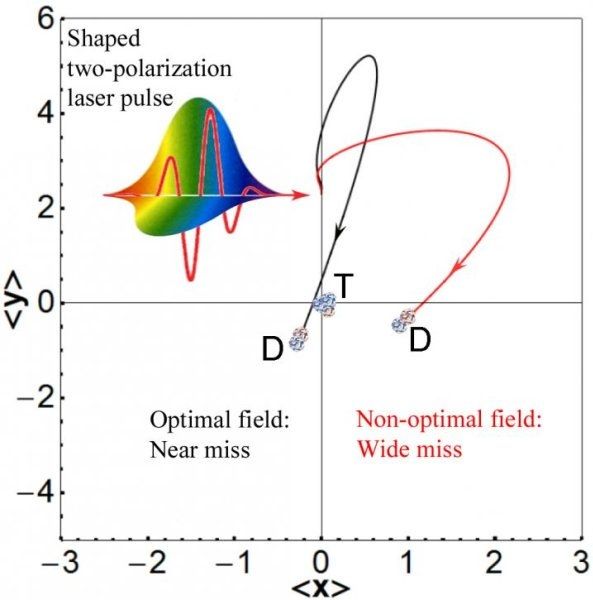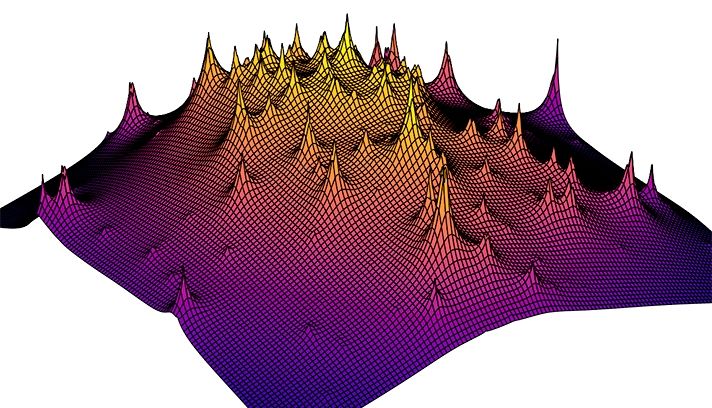Mar 21, 2017
Law Controlling Bizarre Behavior of Black Holes –“Points to a Deeper Understanding of Realty”
Posted by Andreas Matt in categories: cosmology, particle physics
A team of scientists has discovered that a law controlling the bizarre behavior of black holes out in space—is also true for cold helium atoms that can be studied in laboratories. “It’s called an entanglement area law,” says Adrian Del Maestro, a physicist at the University of Vermont who co-led the research. That this law appears at both the vast scale of outer space and at the tiny scale of atoms, “is weird,” Del Maestro says, “and it points to a deeper understanding of reality.”

